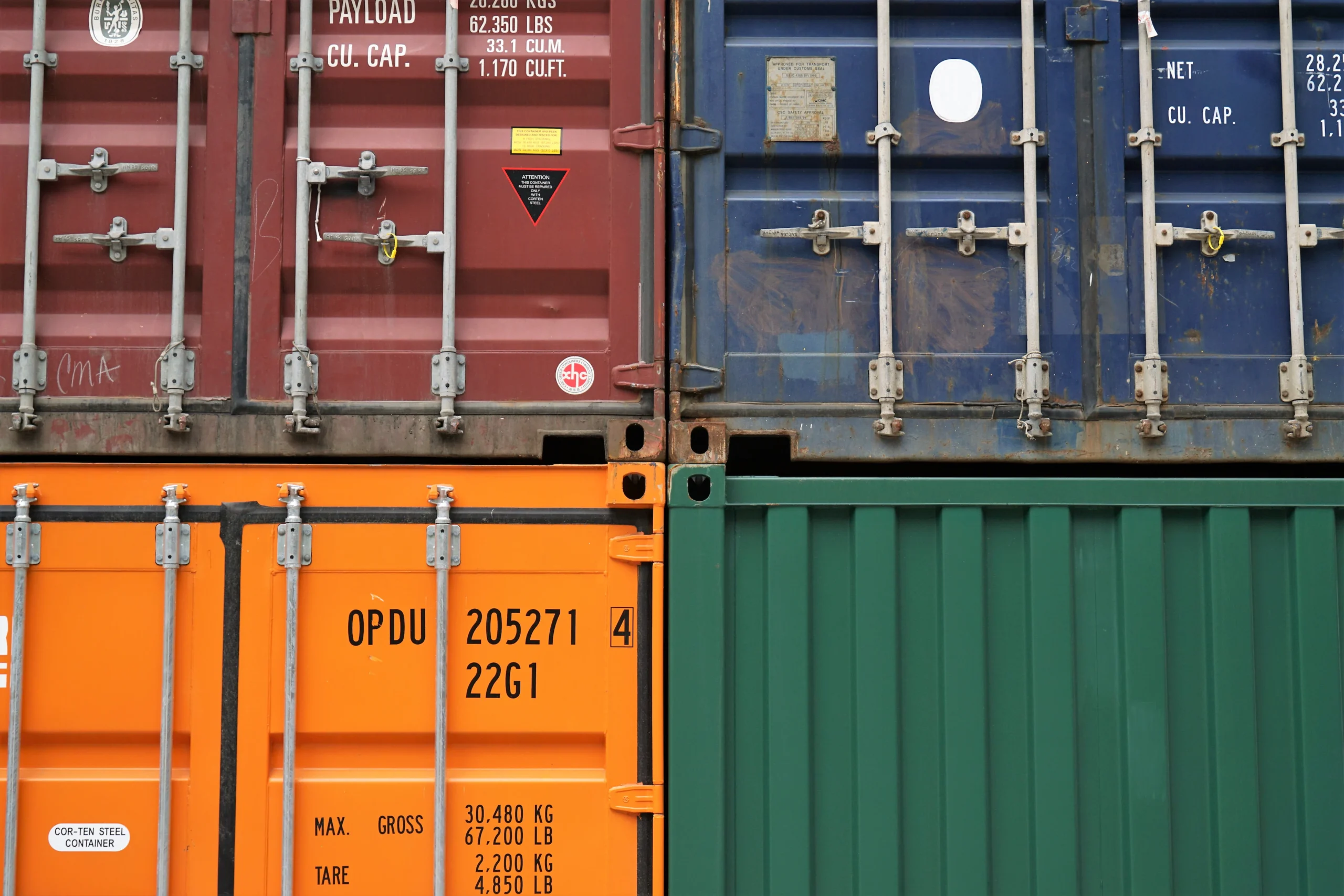Introduction to Tare Weight and Sustainable Practices
Have you ever noticed how much waste we generate, often without even realizing it? From packaging to single-use containers, our daily habits can contribute significantly to environmental harm. But what if a simple concept could help us reduce that waste? Enter tare weight—a key player in the fight against excessive consumption and an essential principle for more sustainable living. By understanding and implementing tare weight in our everyday practices, we can make impactful changes that benefit both our planet and our wallets. Let’s explore this easy yet powerful tool for reducing waste!
Understanding Tare Weight: Definition and Importance
Tare weight refers to the weight of packaging or containers that hold products. It’s essential when measuring net weight, which is the actual product without any additional materials.
Understanding tare weight helps consumers make informed choices. When you know how much the packaging weighs, you can better assess the value of what you’re buying. This knowledge encourages smarter purchasing habits.
Moreover, using tare weights fosters a sustainable mindset. By focusing solely on product quantity, individuals are more likely to choose items with minimal packaging or opt for bulk options.
Accurate tare measurement contributes significantly to reducing waste in our everyday lives. Each small step towards understanding and utilizing tare weight leads us closer to a greener future while making mindful consumer decisions.
Benefits of Reducing Waste through Tare Weight
Reducing waste through tare weight brings a host of benefits that are both practical and environmentally friendly. By understanding this concept, consumers can make more conscious decisions about their purchases.
It promotes mindful consumption. When you focus on tare weight, you’re encouraged to think critically about packaging and the actual amount of product you’re buying. This awareness leads to smarter choices.
Cutting down on excess packaging helps lower your carbon footprint. Less packaging means fewer resources used in production and transportation.
Additionally, using tare weight can result in cost savings over time. Buying bulk items or utilizing reusable containers often comes with a price advantage compared to pre-packaged goods.
Embracing tare weight also fosters community engagement as you may inspire others to adopt similar sustainable practices. Sharing tips for reducing waste creates a ripple effect that encourages collective action towards sustainability.
How to Implement Tare Weight in Daily Life
Implementing tare weight in your daily life is easier than you might think. Start by getting familiar with scales. Many grocery stores have self-service scales where you can weigh your containers before filling them up.
When shopping, always bring your own reusable bags and containers. This practice not only reduces plastic waste but also allows you to measure the empty weight beforehand.
Ask the cashier to subtract the tare weight from your total when checking out. Most cashiers are accustomed to this request, and it saves on unnecessary packaging.
For bulk items, using designated tare-weight tags can streamline your purchases further. These tags often come with a pre-measured value that makes checkout swift.
Keep a small notebook or app handy to log container weights for future reference. This little habit fosters awareness and encourages sustainable practices every time you shop.
Sustainable Tips for Grocery Shopping
Grocery shopping can be a great opportunity to adopt sustainable practices. Start by making a list to avoid impulse buys, which often lead to waste.
Choose local produce when possible. This not only supports your community but also reduces the carbon footprint associated with transporting food long distances.
Opt for bulk items instead of individually packaged products. This way, you can buy exactly what you need without excess packaging.
Take reusable bags and containers along on your shopping trips. Many stores now allow customers to weigh their tare weight before filling them up.
Pay attention to expiration dates and consider buying less perishable goods if you’re unsure you’ll consume everything right away.
Embrace imperfect fruits and vegetables. They are just as nutritious and usually come at a better price point while preventing good food from going to waste.
Using Reusable Bags and Containers
Using reusable bags and containers is a simple yet impactful way to reduce waste. These eco-friendly alternatives help cut down on single-use plastics that often end up in landfills and oceans.
When you switch to reusable bags, you’re making a commitment to the environment. They come in various sizes and styles, catering to all your shopping needs. Sturdy cloth or mesh options are not only stylish but also durable, allowing for multiple uses.
Containers can be just as versatile. Glass jars and stainless steel lunchboxes are perfect for taking meals on the go or storing leftovers at home. Many stores now allow customers to bring their own containers for bulk items, cutting down packaging waste even further.
Making this transition isn’t just about sustainability; it’s convenient too! You’ll find yourself saving money over time by avoiding disposable products while embracing better practices.
Other Ways to Reduce Waste with Tare Weight
Tare weight isn’t just for groceries. It can play a significant role in other areas of life as well. For instance, consider the use of tare weight when buying bulk items, like grains or spices. This helps ensure you only pay for what you need.
Another effective method is utilizing tare weight at your local deli or butcher. By bringing your own containers and weighing them beforehand, you eliminate excess packaging while enjoying fresh products.
At home, keep track of container weights for various recipes. This allows precise measurements without adding extra waste from disposable packaging.
Even during takeout meals, ask restaurants if they offer discount options for using personal containers instead of their disposables. Many are willing to accommodate environmentally conscious customers.
Small adjustments like these integrate seamless practices into daily routines while promoting sustainability through mindful consumption choices.
Conclusion: The Power of Small Changes for a Greener Future
Embracing sustainable practices can feel overwhelming at times, but small changes can lead to significant impacts. Understanding tare weight is a crucial step in reducing waste and making more informed choices as consumers.
By integrating tare weight into your daily routine, you not only minimize excess packaging but also contribute to a healthier planet. Simple actions like bringing your own containers or using reusable bags make all the difference. These efforts add up over time, creating a ripple effect that encourages others to follow suit.
As we navigate our shopping habits and lifestyle choices, let’s remember that sustainability doesn’t require drastic shifts. It’s about being mindful of how our actions affect the environment and finding ways to incorporate eco-friendly practices into everyday life.
Each choice matters—whether it’s weighing out produce without its container or opting for bulk items instead of pre-packaged goods. By focusing on these small adjustments collectively, we can pave the way toward a greener future for ourselves and generations to come.




